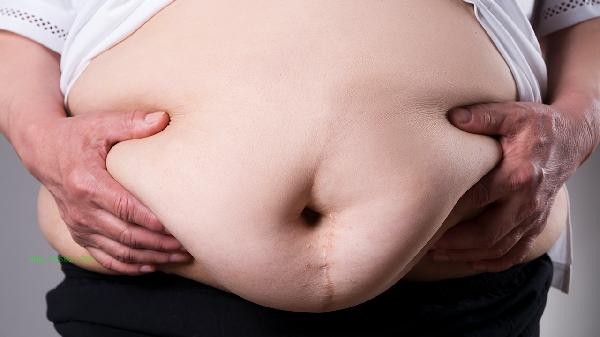Returning to a normal diet after dieting and weight loss usually requires a transition period of 1-3 months, which depends on five key factors: the rate of basal metabolic recovery, weight stabilization cycle, exercise habits, psychological adaptation, and nutritional balance assessment.

1. Basic metabolic recovery:
Long term dieting can lead to a 20% -30% decrease in basal metabolic rate. It is recommended to gradually increase intake by adding 100-150 calories per week and monitoring resting metabolic changes with a body fat scale. When the basal metabolic data stabilizes within the normal range of 1200-1400 kcal/day for females and 1500-1800 kcal/day for males for two consecutive weeks, the next stage can be entered.
2. Weight stabilization cycle:
It is necessary to observe whether the weight fluctuation lasts for more than 4 weeks within ± 2% of the target weight. Adopting a step-by-step approach to increasing carbohydrates, increasing the main food intake by 10 grams every 3 days, and weighing on an empty stomach every morning during this period. If the weight rebound exceeds 5%, the increment should be paused and the dietary structure should be readjusted.
3. Developing exercise habits:

Regular exercise can help expand the calorie gap. It is recommended to establish a habit of exercising 3-5 times a week for at least 30 minutes each time, including resistance training such as squats, push ups, and aerobic exercises such as brisk walking and swimming. When exercise expenditure can offset the increased calorie intake, it can be considered that the metabolic compensation mechanism has been perfected.
4. Psychological adaptation level:
assesses psychological status by recording dietary diaries. When there is no urge to overeat for two consecutive weeks, the ability to handle high calorie foods rationally, and the feeling of hunger at night disappears, it indicates that the neural appetite regulation has returned to normal. Mindfulness based dietary training can help establish a healthy eating mindset.
5. Nutritional balance assessment: After confirming the absence of nutritional deficiencies through blood testing, gradually restore various foods according to dietary guidelines. Priority should be given to supplementing high-quality protein fish and shrimp, soy products, compound carbohydrates oats, brown rice, and essential fatty acids nuts and olive oil. The daily intake of fruits and vegetables should be at least 500 grams to ensure that vitamins and minerals meet the standards.
During the transition period, it is recommended to adopt a "three-stage diet": for the first two weeks, focus on high protein and low-carbon water, and add 50 grams of sweet potatoes or oats per day; Introduce low GI staple foods in weeks 3-6, with each meal not exceeding fist size; Normal carbon water ratio can be restored from the 7th week onwards. Arrange a "flexible meal" once a week to meet psychological needs, but it is necessary to control the total calorie intake within the limit. Combined with daily 30 minute brisk walking and twice weekly strength training, it can maintain weight loss results while avoiding metabolic damage. Regularly monitor indicators such as waist circumference and body fat percentage, and seek medical attention promptly in case of persistent fatigue or menstrual disorders.




Comments (0)
Leave a Comment
No comments yet
Be the first to share your thoughts!